It’s not just about the number of tools in your tool box, it’s also about how well those tools are protected. That’s where a good set of shocks come in – they keep your tools safe and secure while you’re working, no matter what the job throws your way. With an overload of choices, how can you possibly know which product is the best for your individual needs? In this guide, we’ll answer all of your questions about measuring tool box shocks, as well as provide product reviews and helpful tips to make the process easier. Let’s get started!
Table of Contents
Steps to Measuring for a Truck Toolbox
The first step is to take measurements of your truck bed. You’ll need the length, width, and height in order to determine the size of tool box shock that you need. Next, you’ll want to decide on a style of shocks. There are two main types – gas-charged and rubber – and each has its own set of benefits. Gas-charged shocks are typically more expensive, but they’re also more durable and offer a smoother ride. Rubber shocks are a bit less expensive, but they don’t last as long and can provide a rougher ride. Once you’ve decided on a type, it’s time to start shopping around for the perfect fit.
Measure the Distance Between your Bed Rails
To start, you’ll want to measure the distance from one side of your truck’s bed to the other. The size of your tool box will be determined by the dimensions of the machine that you wish to store it on. For example, if your bed rails are 30 inches apart, you’ll want to look for a tool box that is at least 30 inches wide.
You’ll need to factor in the size of your truck bed cover when measuring the distance between your bed rails. The best way to do this is to remove the cover and take your measurements with it off. That way, you can be sure that your new tool box will fit properly.
After you’ve measured the distance between your bed rails, write it down or make a note of it so you don’t forget. You’ll need this measurement when you’re shopping for a new tool box.
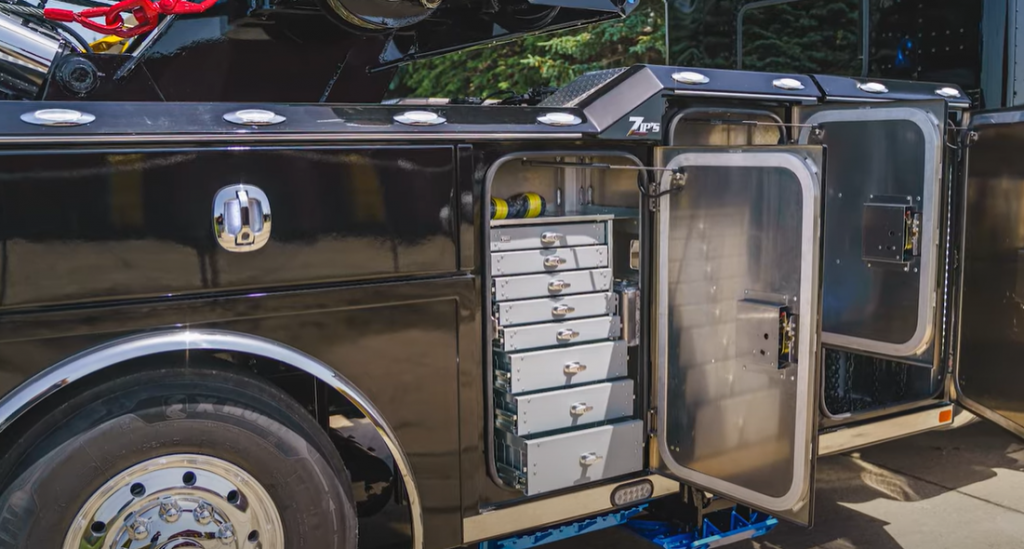
Determine the Height of your Bed Walls
If your tool box is going to be mounted on the bed walls, you’ll need to measure the height of those first. You can do this by measuring from the floor of your truck bed to the top of the side wall. Keep in mind that you’ll want to leave enough space between the top of your tool box and the edge of the side wall so that you can still open it fully without hitting the wall.
Now that you know how tall your tool box needs to be, you can start shopping around for the perfect one. But before you do, there are a few more things you’ll need to take into account.
Find the Distance Between the Base of your Wheel Wells and the Bulkhead
To find the right shocks for your truck, you need to know the distance between the base of your wheel wells and the bulkhead. This measurement is important because it will help you determine what size shocks you need. You can use a tape measure to get this measurement or you can ask a friend to help you. Once you have this measurement, write it down so that you won’t forget it.
Now that you know how to measure tool box shocks, it’s time to start shopping for the right product for your truck. There are many different brands and types of shocks on the market, so it’s important to do your research before making a purchase. You may want to read online reviews or talk to other truck owners to see what they recommend. [1]
Measurement Tips A Truck Toolbox
Staying organized on the job is important, and a truck toolbox is a great way to do this. It is important to make sure that your truck tool box shocks are functioning properly in order to ensure the safety of your equipment.
When measuring your truck tool box shocks, it is important to use the correct method for your specific application. There are three common methods:
- using a ruler or tape measure
- using a shock dyno
- using a weight scale
Each of these methods has its own benefits and drawbacks, so it is important to choose the one that will work best for you. Let’s take a closer look at each method.
Ruler or tape measure: This is the most common method of measurement and is typically used for measuring the travel distance of your shocks. To do this, simply extend the shock fully and measure from the mounting point to the end of the shaft. This method is quick and easy, but it does not give you an accurate measurement of force required to compress the shock.
Shock dyno: A shock dyno measures the amount of force required to compress a shock byAttach one end of the dyno to the bottom mount and attach the other end to the top mount. Then, pull on the handle until the shock is fully compressed and read the dial to get your measurement. This method is more accurate than the ruler or tape measure method, but it can be more difficult to set up.
Weight scale: This is the most accurate method of measurement, but it can be difficult to set up and use. To use this method, you will need to attach the shock to the weight scale and then weigh it down until it is fully compressed. This will give you an accurate measurement of the force required to compress the shock. [2]
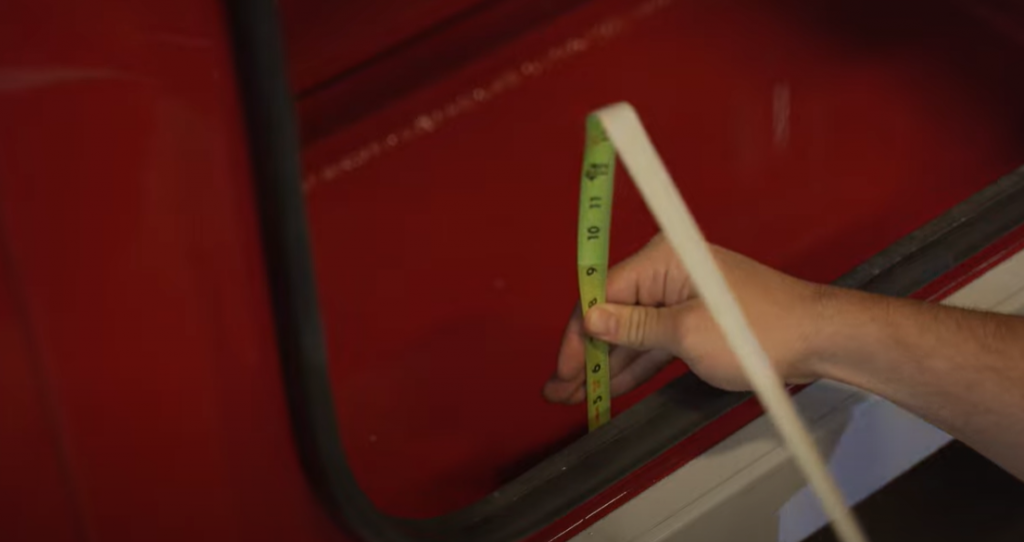
Buy the Right Size
The first step in measuring your tool box shocks is to purchase the right size for your needs. There are a few different factors that you’ll need to consider when making your selection, such as the weight of your tools, the size of your tool box, and the type of terrain that you’ll be using it on.
If you’re not sure what size shock absorber to buy, it’s always best to err on the side of caution and go with a larger size. This will ensure that your tools are protected no matter what kind of terrain you’re working on. [3]
Once you’ve selected the right size shock absorber for your needs, it’s time to move on to the next step: installation.
Once your shock absorber is installed, it’s time to test it out. The best way to do this is to load up your tool box and give it a try on different types of terrain. This will help you get a feel for how well the shock absorber works and whether or not it’s the right size for your needs. [4]
FAQ
How wide is a standard tool box?
Most tool boxes are between 18 and 24 inches wide. The width of your tool box will depend on the size of your tools. If you have a lot of large tools, you will need a wider tool box.
To measure the width of your tool box, open the lid and measure from the inside of one side to the inside of the other side.
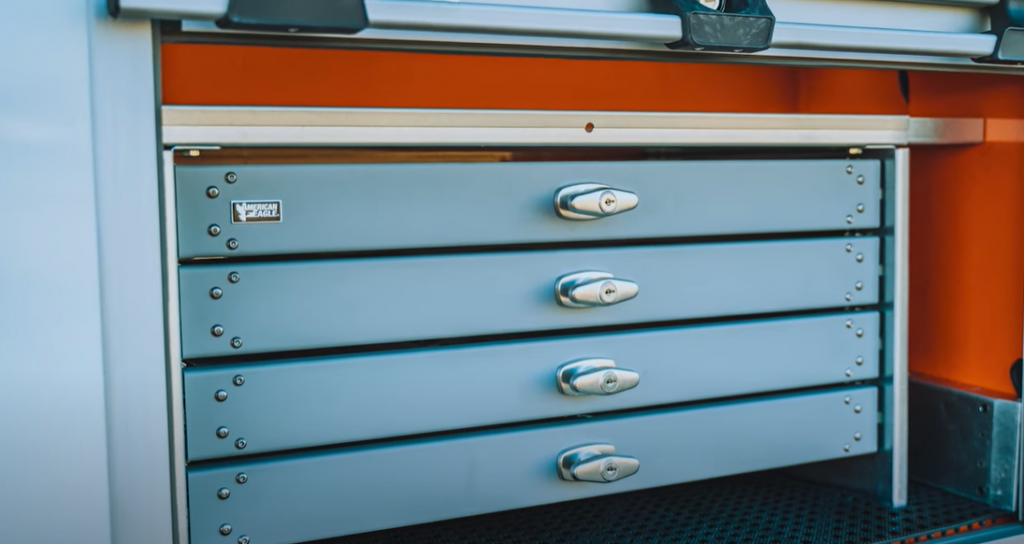
How long is a full-size truck toolbox?
A full-size truck toolbox is generally between 20 and 30 inches wide, 12 and 18 inches tall, and 12 to 24 inches deep. The size will depend on the make and model of your truck. Some trucks have a larger bed and can accommodate a bigger toolbox, while others may have a smaller bed and require a compact toolbox.
It’s important to measure the dimensions of your truck bed before purchasing a toolbox so you can be sure it will fit. You should also take into account how much space you need for your tools and whether you want to be able to access them easily or not.
If you’re looking for a toolbox that is easy to access, then you might want to consider one that mounts on the side of your truck bed. These toolboxes are typically smaller in size, but they offer easy access to your tools.
Are truck tool boxes universal?
No, truck tool boxes are not universal. The size and shape of your tool box will depend on the make and model of your truck. You’ll need to measure the bed of your truck to determine which size tool box will fit best.
There are three main types of truck tool boxes: top-mount, side-mount, and under-bed mount. Top-mount boxes are the most popular because they’re easy to install and can be used with a tonneau cover. Side-mount boxes are great for trucks with limited space in the bed. Under-bed mount boxes are perfect for storing larger tools and equipment.
How do you mount a toolbox in a truck bed?
There are a few different ways that you can mount a toolbox in your truck bed. One way is to use brackets that bolt into the side of the bed. Another way is to use a rail system that goes along the sides and bottom of the bed. And yet another way is to simply place the toolbox on top of the bed liner.
Which method you choose will depend on a few factors, such as what kind of toolbox you have, how much weight it will be carrying, and how often you need to access it. For example, if you have a heavy-duty steel toolbox, then bolting it into the side of your truck bed would be the best option.
How do you measure a toolbox shock?
There are a few different ways that you can measure a tool box shock. The most common way is to use a ruler or tape measure to measure the length of the shock. Another way is to use a caliper to measure the diameter of the shock. Finally, you can also use a spring scale to weigh the shock.
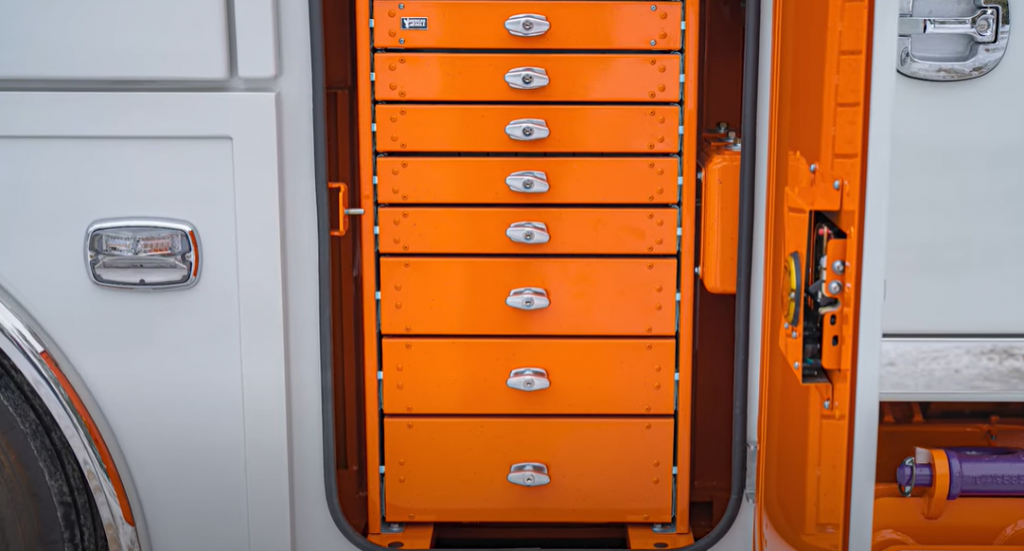
Are all truck tool boxes the same size?
No, all truck tool boxes are not the same size. There are many different sizes and styles of truck tool boxes on the market. The best way to determine which size and style of truck tool box is right for your vehicle is to measure the space in your truck bed where you want to install the tool box. Once you have those measurements, you can start shopping around for a tool box that will fit those dimensions.
How do you install a toolbox in a truck without drilling?
If you’re looking to install a toolbox in your truck without drilling, there are a few things you’ll need to do. First, measure the space in your truck bed where you want to install the toolbox. Next, find a toolbox that will fit in that space. Finally, use some bolts and washers to attach the toolbox to the side of your truck bed.
How much do truck bed tool boxes weigh?
This is an important consideration because you don’t want your tool box to weigh down your truck and affect its gas mileage. The average weight of a truck bed tool box is between 50 and 200 pounds.
There are several factors that will affect the weight of your tool box, such as the material it’s made from and the size of the unit. For example, a plastic tool box will usually weigh less than a metal one. And, a small tool box will obviously weigh less than a large one.
Keep in mind that the weight of your tools will also add to the overall weight of your tool box. So, if you plan on carrying a lot of heavy tools, make sure to get a tool box that can handle the weight.
Useful Video: How To Make Toolbox || Homemade Toolbox
Conclusion
Now that you know how to measure tool box shocks, it’s important to choose the right product for your needs. There are many different types of shocks on the market, so be sure to do your research before making a purchase. We hope this guide has been helpful and that you can find the perfect shocks for your tool box. Thanks for reading!
References:
- https://magnumtruckracks.com/blog/how-to-measure-your-truck-bed-for-a-toolbox
- https://hawkeyetruckequipment.com/wp-content/uploads/trailfx-crossover-toolboxes.pdf
- https://www.lifteasy.com/how-to-measure-gas
- https://www.etrailer.com/question-268970.html

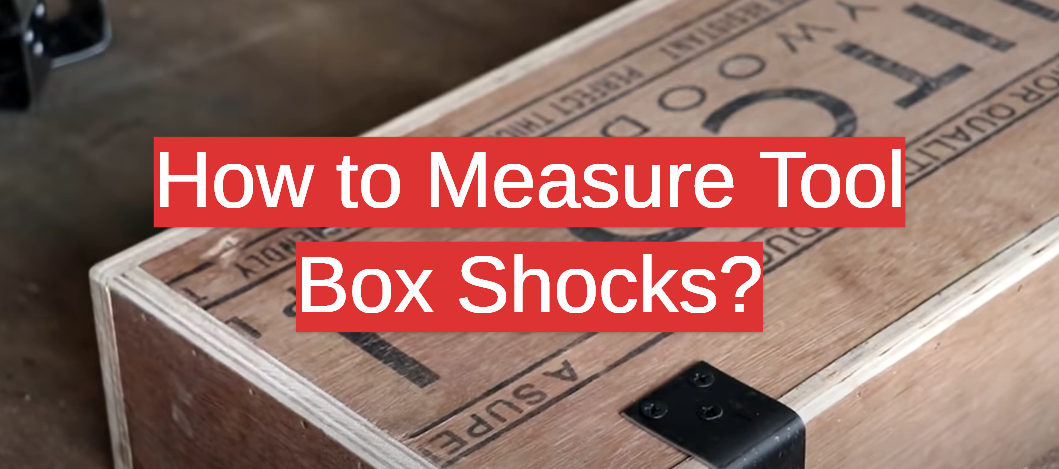

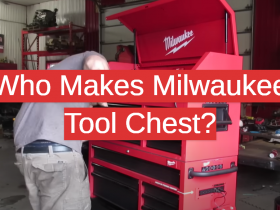


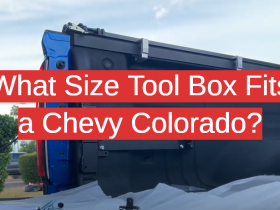
Leave a Reply